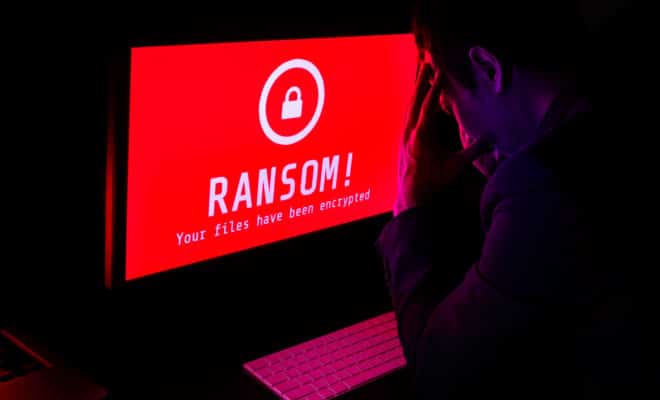Business
Indian Companies Most Hit by Ransomware Attacks

Representational Image
Photo: Bigstock
Dealing with sophisticated malware attacks of today is a growing challenge for almost all IT managers, the Sophos survey said.
India tops the chart of ransomware victims, with 67 per cent of IT businesses in the country hit by such cyber attacks in 2017, followed by Mexico at 65 per cent, showed a study conducted by security software maker Sophos.
The United States witnessed 60 per cent of its organizations getting hit by ransomware, followed by Canada at 59 per cent. The corresponding figures for France, United Kingdom and Japan were recorded at 48 per cent, 45 per cent and 41 per cent, respectively.
The study, The State of Endpoint Security Today, surveyed 2,700 IT managers in organizations of 100 to 5,000 users in the United States, United Kingdom, France, Germany, India, Canada, Mexico, Australia, Japan and South Africa. The number of respondents in India was 300.
Ransomware is a subset of malware in which the data on a victim’s computer is locked, usually by encryption, and a ransom is demanded before the ransomed data is decrypted and access is handed back to the victim.
“No chief information officer (CIO) today can say with hand on his heart that his systems are 100 per cent vulnerability free,” Sunil Sharma, managing director, sales for India and SAARC, Sophos, said, PTI reported.
While analyzing the advanced threats and machine learning, the report revealed that Canada, India and Mexico have the highest levels of machine learning technology. Also, India is most optimistic about the potential of machine learning.
As many as 91 per cent Indian organizations claimed to running up-to-date endpoint protection when impacted by ransomware and 89 per cent India respondents stated that malware threats have got more complex over the last year, the report said.
The survey pointed out some significant variation in plans for predictive technologies across the globe. Canada, India and South Africa lead the pack with 34 per cent of respondents already using predictive threat technologies such as deep and machine learning. Mexico has the most extensive plans for these technologies, with 72 per cent planning to implement them within the next year.
“Persistent cybercriminals are deploying multiple attack methods to succeed, whether using a mix of ransomware in a single campaign, taking advantage of a remote access opportunity, infecting a server or disabling security software,” Sharma was quoted as saying by IANS.
The survey said that dealing with the sophisticated malware attacks of today is becoming quite a challenge for almost all IT managers, across the globe. While 83 per cent respondents agreed that stopping malware threats has become harder over the last year, 87 per cent agreed that malware threats have become increasingly complex over the last year.
“We’re aware of cybercriminals unleashing four different ransomware families in half-hour increments to ensure at least one evades security and completes the attack,” said Sharma, according to IANS.
The company noted that despite a series of high-profile ransomware attacks in 2017, organizations are starting 2018 with inadequate protection against ransomware. It recommended investigating advanced technologies to know what an organization’s options are. “Upgrade your technology. The options available have advanced significantly in recent years to stop ransomware and prevent the use or exploits,” Sophos recommended.



